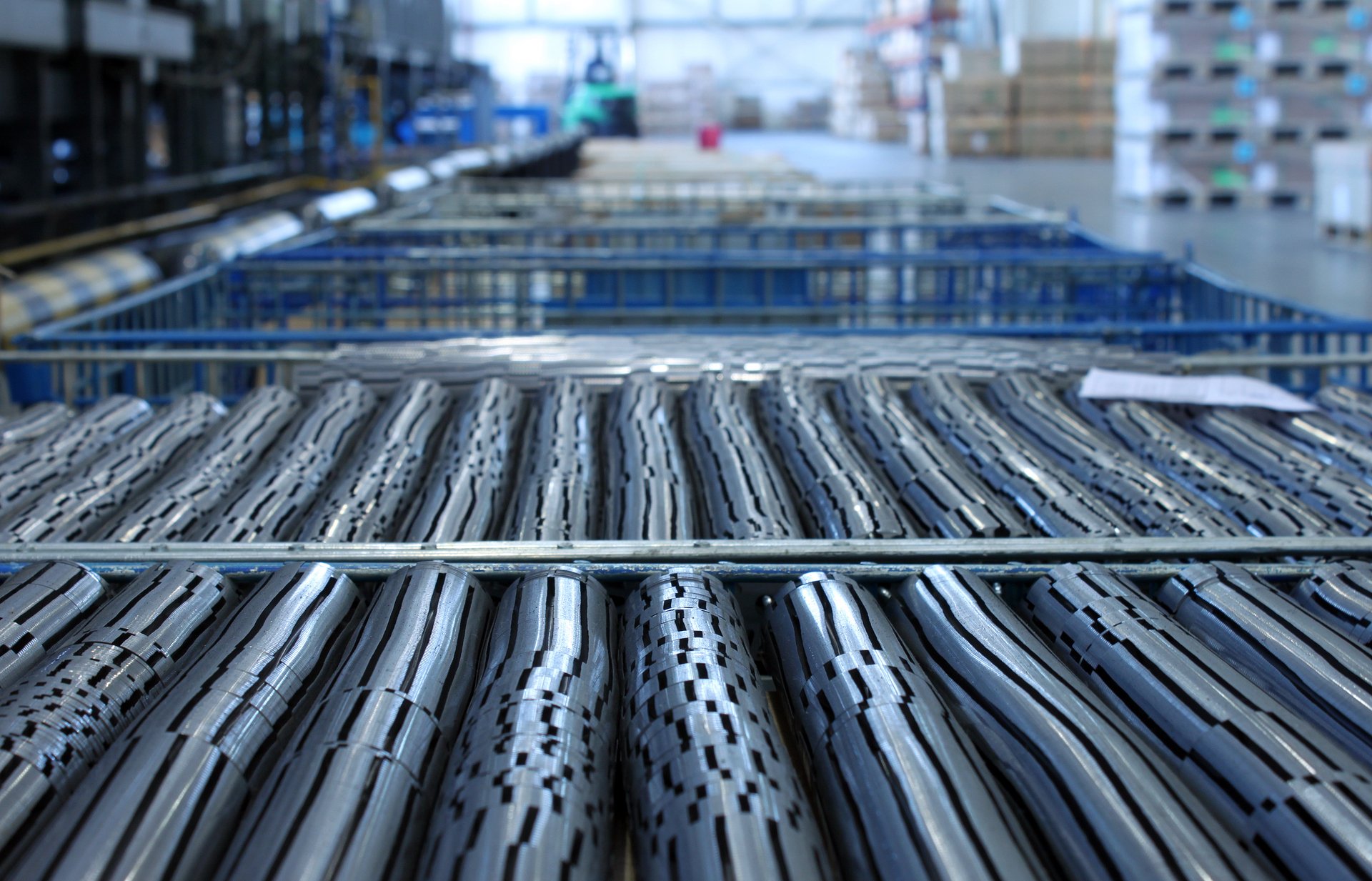Powering Innovation: Electrical Steel Laminations

Explore the crucial role of electrical steel laminations in powering innovation across various industries.
The Basics of Electrical Steel Laminations
Electrical steel laminations are an essential component used in motors, generators, and transformers. They are made up of thin layers of electrical steel that are stacked together to reduce energy losses and improve the efficiency of these electrical devices.
The primary purpose of electrical steel laminations is to minimize the eddy current losses that occur when alternating current flows through the steel core of a motor, generator, or transformer. By laminating the steel core, the formation of circular eddy currents is prevented, resulting in reduced energy losses and improved performance.
The manufacturing process of electrical steel laminations involves stamping or cutting thin sheets of electrical steel into specific shapes and sizes. These laminations are then insulated from each other using an insulating coating or varnish to further minimize eddy current losses.
In addition to reducing energy losses, electrical steel laminations also provide mechanical support to the core of motors, generators, and transformers. They help to maintain the structural integrity of these devices and ensure their reliable operation.
Overall, electrical steel laminations play a vital role in the efficient functioning of motors, generators, and transformers by reducing energy losses and improving performance.
Applications in Motors and Generators
Electrical steel laminations are extensively used in motors and generators due to their beneficial properties. These laminations are employed in the construction of the stator and rotor cores, which are the essential components responsible for the conversion of electrical energy into mechanical energy and vice versa.
In motors, electrical steel laminations are used in the stator core to provide a path for the magnetic flux generated by the current flowing through the windings. The laminated structure helps to control the magnetic fields and minimize losses, resulting in improved motor efficiency.
Similarly, in generators, electrical steel laminations are used in both the stator and rotor cores to create a magnetic circuit that facilitates the generation of electrical energy. The laminated construction reduces energy losses and enhances the overall efficiency of the generator.
The use of electrical steel laminations in motors and generators ensures reliable and efficient performance, making them suitable for various applications in industries such as automotive, aerospace, manufacturing, and renewable energy.
Significance in Transformer Design
Transformers are crucial devices used for the transmission and distribution of electrical energy. Electrical steel laminations play a significant role in transformer design, contributing to their efficiency and performance.
In transformers, electrical steel laminations are used in the core to provide a low-reluctance path for the magnetic flux. The laminated structure helps to minimize energy losses by reducing the eddy current and hysteresis losses that occur in the core.
The use of electrical steel laminations in transformers allows for efficient energy transfer with minimal losses. This is particularly important in high-power applications where energy efficiency is crucial.
Furthermore, electrical steel laminations also aid in reducing the size and weight of transformers while maintaining their performance. The laminated structure allows for compact designs, making transformers more suitable for various installations and applications.
Overall, the inclusion of electrical steel laminations in transformer design enables efficient energy transfer, reduced losses, and compact size, contributing to the reliable and effective functioning of these devices.
Advancements in Electrical Steel Laminations
Over the years, there have been significant advancements in the field of electrical steel laminations, leading to improved performance and efficiency of motors, generators, and transformers.
One notable advancement is the development of grain-oriented electrical steel laminations. These laminations are specifically designed to have a preferred crystal orientation, which results in lower core losses and improved magnetic properties.
Another advancement is the use of thinner laminations. By reducing the thickness of the laminations, energy losses can be further minimized, leading to higher efficiency.
Advancements in insulation materials and techniques have also contributed to the improved performance of electrical steel laminations. New insulating coatings and varnishes with better thermal and electrical properties help to enhance the insulation and reduce losses.
Furthermore, advancements in manufacturing processes, such as laser cutting and precision stamping, have allowed for the production of customized electrical steel laminations with complex shapes and sizes, catering to specific design requirements.
These advancements in electrical steel laminations have paved the way for more efficient and reliable electrical devices, promoting innovation and progress in various industries.
Future Trends and Innovations
The future of electrical steel laminations looks promising, with ongoing research and development aimed at further improving their performance and exploring new applications.
One area of focus is the development of new alloy compositions for electrical steel laminations. Researchers are working on finding alloys with enhanced magnetic properties and reduced losses, leading to even higher efficiency and performance.
Another trend is the integration of advanced insulation materials that can withstand higher temperatures and provide better electrical insulation. This would enable the use of electrical steel laminations in more demanding applications and environments.
Furthermore, the development of new manufacturing techniques, such as additive manufacturing or 3D printing, holds the potential to revolutionize the production of electrical steel laminations. These techniques can offer greater design flexibility and cost-effectiveness.
In addition, the increasing demand for renewable energy sources and electric vehicles is expected to drive the need for more efficient electrical devices. Electrical steel laminations will play a critical role in meeting this demand by enabling the development of high-performance motors, generators, and transformers.
Overall, the future of electrical steel laminations is focused on continuous improvement, innovation, and meeting the evolving needs of various industries.
